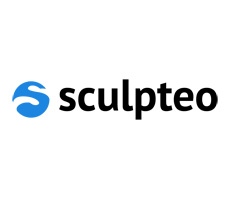Alat Dan Bahan 3d Printer Action Figure
How to Purchase a 3D Printer
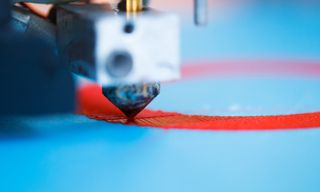
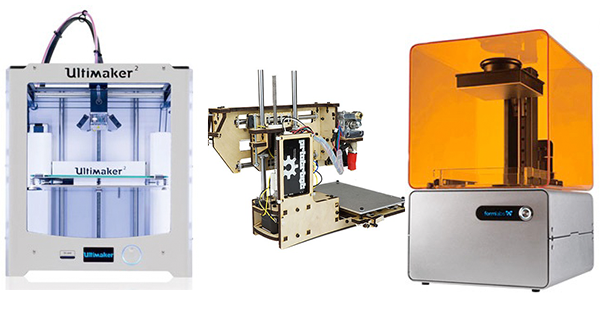
The future is here: 3D printers that can build objects on need are non just available, but also affordable. This emerging area of engineering science offers a lot of potential, but also many pitfalls. So, what exercise you demand to know, and which 3D printer is the right one for you?
The get-go affair you will need is patience. 3D printing is an area that’s developing very speedily, but the 3D printers you can buy at present are a long way from the replicators of Star Expedition fame. They print slowly — ofttimes taking many hours to produce a single object — and they offer a limited range of materials (most use two types of plastic, called PLA and ABS).
More:
Best 3D Printers
Even the best consumer 3D printers can only build objects upwards to the size of a loaf of breadstuff, and cheaper models take smaller build areas that usually measure just a few inches on each side. Merely these printers can create objects of surprising strength, smoothness and clarity that can be very useful around the home, ranging from custom salt-and-pepper shakers to homemade replacements for difficult-to-find parts.
How 3D Printing Works
To beginning, yous need a model of the object y’all want to build. This can be a model that you make yourself in 3D-modeling software, such as Blender; a
3D browse
of an existing object; or a model that y’all download from the Internet.

The software that works with the printer then takes this model and slices information technology, converting it into a series of thin layers that the 3D printer can impress, ane at a fourth dimension. This is why some 3D-printed objects accept a stair-footstep look to them, formed by the layers stacked on acme of one another.
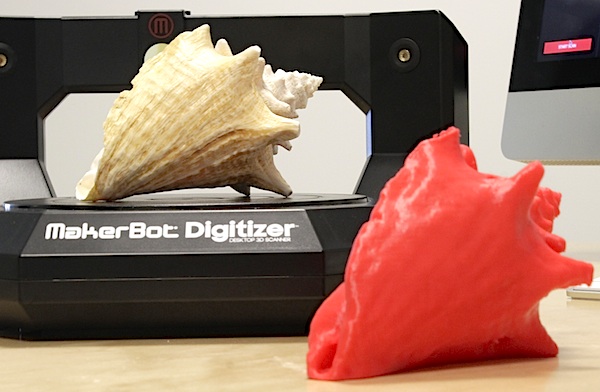
How the 3D printer prints these slices to grade the last model varies. Most consumer models are filament printers, which apply a sparse string of plastic that is melted in the extruder, where the molten plastic drops onto the building surface. More-advanced (and expensive) 3D printers use a resin, and the near-expensive models use a powder that is melted or liquefied (and then quickly hardens) to demark to the layer beneath it.
More than:
XYZ Da Vinci 3D Printer/Scanner Review: Mixed Results
Nearly 3D printers come fully assembled and ready to print, merely some are sold as kits that yous gather yourself. The prebuilt models are easier start with, but the kits offer better insight into how these printers work, and let you to customize and tweak them yourself when they are upward and running. There are a lot of parts, only well-nigh kits require just basic mechanical cognition: If you lot’ve put together an Ikea bookshelf, you can build a 3D-printer kit.

Although 3D printers currently have some limitations, these devices are the vanguard of a technology and blueprint revolution in which you can make what you desire, when you want information technology. Let’s run downwards the different types of 3D printers and the advantages and disadvantages of each.
Types of 3D Printers
Entry-Level Filament 3D Printers
Cost Range:
$350 to $1,500

The cheapest 3D printers are unproblematic models, like the $749 Printrbot Unproblematic with Heated Bed or the $999
Cubify Cube 3 (encounter review). These printers utilize a process typically called filament deposition manufacturing (FDM). A plastic filament is melted and then deposited in sparse layers that build up the model. In that location are two possible types of plastic: ABS, or an organic version known every bit PLA. Upkeep printers have a single nozzle for laying downwardly the filament.
Pros:
Low-cost, simple printers are an ideal entry point for 3D printing. They are usually relatively straightforward to set up and configure.
Cons:
This blazon of 3D printer prints only 1 colour or fabric at a time, and the build area is normally fairly small-scale — typically about 4 x four x 4 inches (10 ten 10 x ten centimeters).
Cardinal Features & Accessories:
Most printers of this type include basic software, merely some come with no software, leaving y’all to find open up-source solutions. They typically use 1.75 or 3mm filament, which is widely available on rolls in a range of colors.
Loftier-End Filament Printers
Cost Range:
$i,000 to $three,000
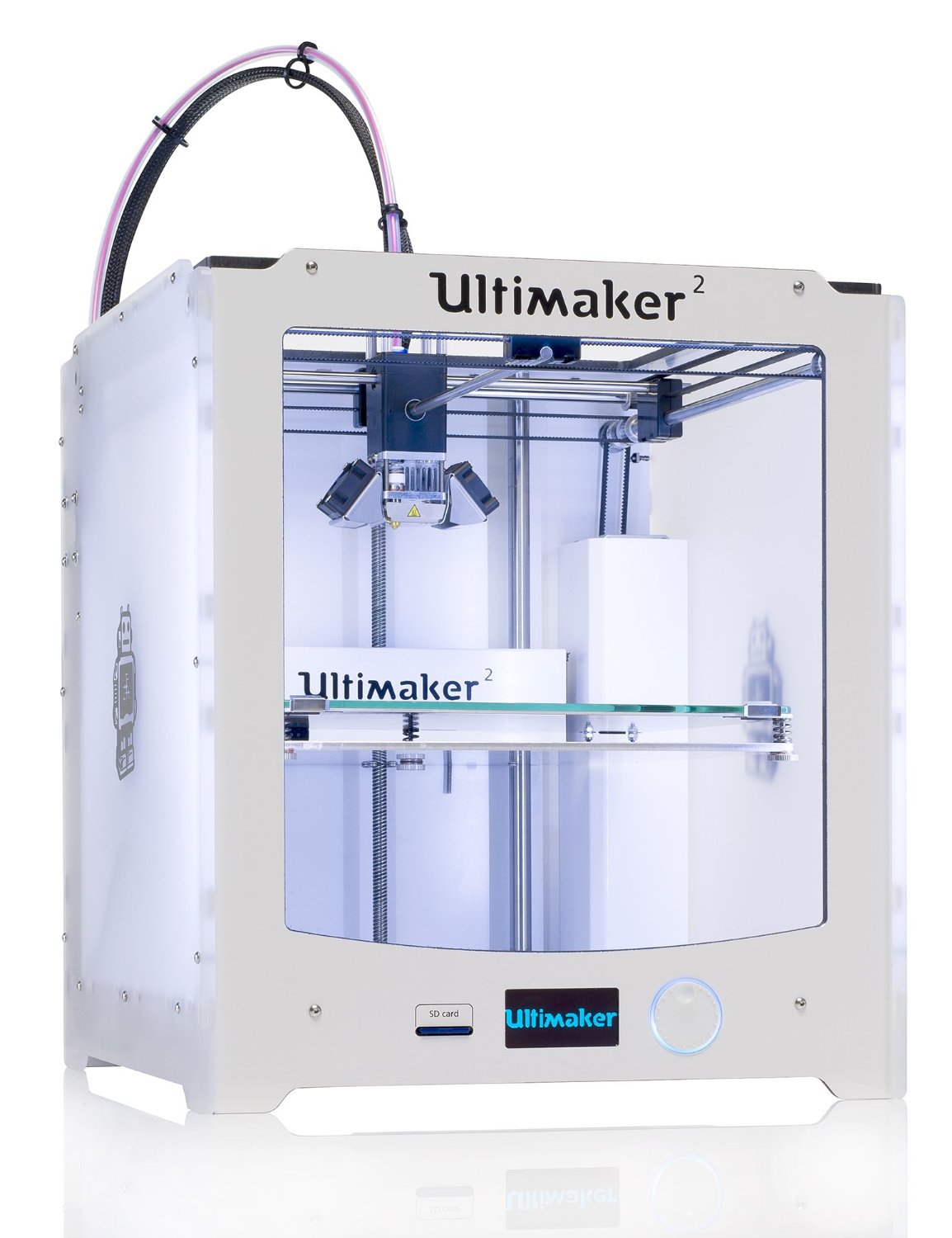
More sophisticated FDM filament printers, similar the $ii,500
Ultimaker 2 (see review)
or the open up-source RepRap Mendel ($1,595 for a kit), add extra features to the standard 3D filament printer, such as multiple extruders and thinner layers (down to 0.0039 inches, or 0.1 millimeters) for smoother prints.
Pros:
Larger print areas hateful bigger prints than their simpler cousins can produce. Multiple extruders mean multiple colors or materials in one object.
Cons:
Higher price. More sophisticated designs and parts can mean more parts that could break with heavy use.
Key Features & Accessories:
The number of extruders, either included or bachelor as an upgrade, and the improved vertical or Z resolution are the critical factors here. These models tend to offer larger build areas, often upwardly to about ten 10 6 x six inches (25 x 15 x 15 cm).
Other-material FDM 3D Printers
Price Range:
$2000 and up
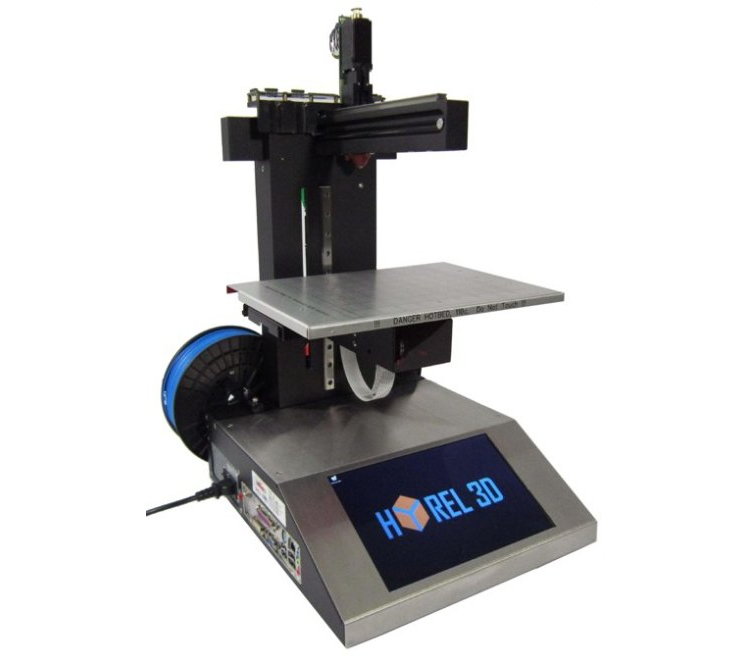
Relatively low-price printers that tin use materials other than plastic are beginning to appear on the market. Hyrel offers an extruder on its E series printers — like the $1,245 E2 — that tin print using any air-dried material, such as dirt, Plasticine or the pop air-cured plastic Sugru. The Plasticine can exist good for producing more flexible models, and Sugru is known for its elasticity. Different near printed plastics, Sugru can bend, stretch and flex almost similar rubber.
Pros:
Support for printing materials other than plastic means more flexible press in a range of materials that may exist more suited to the task at mitt. You lot tin can print pots and dishes of air-dried clay, for case.
Cons:
Support for other materials is oft experimental, and then you have to figure out what they can (and can’t) practice.
Key Features & Accessories:
Await for the number of extruders that the device can support, and the cost of these and other extras that might be needed for your materials.
Stereolithography (SLA) 3D Printers
Price Range:
$3000 and up

New on the 3D printer market are models called
Stereolithographic or SL printers, like the $3,299
Form ane+ (see review)
or the B9Creator ($two,990 kit, $4,995 assembled), which employ a photosensitive resin and a digital projector or light amplification by stimulated emission of radiation. The light is shone on the resin in the design of the layer, causing it to solidify. The build surface is then lowered, and the light forms another layer until the object is consummate. These printers tin produce very-high-resolution objects, but the colors of the resin are limited.
Pros:
Very high resolution, shine prints, with details equally fine as 0.012 inches (0.030 cm) and layers every bit sparse as 0.001 inches (0.003 cm). The printing process is usually quicker than with FDM filament models.
Cons:
Limited range of resin colors, and the newness of the technology makes both the printer and the print resin expensive.
Key Features & Accessories:
The cost of the printer and the types of resin are the cardinal considerations: For the Grade i+, the resin currently costs $149 per liter, and is available in merely clear, white, gray and blackness. The build area is also a critical feature to consider; most offer modest build areas of almost six 10 5 x 5 inches (fifteen past xiii by 13 cm).
Powder 3D Printers
Price Range:
$x,000 and up
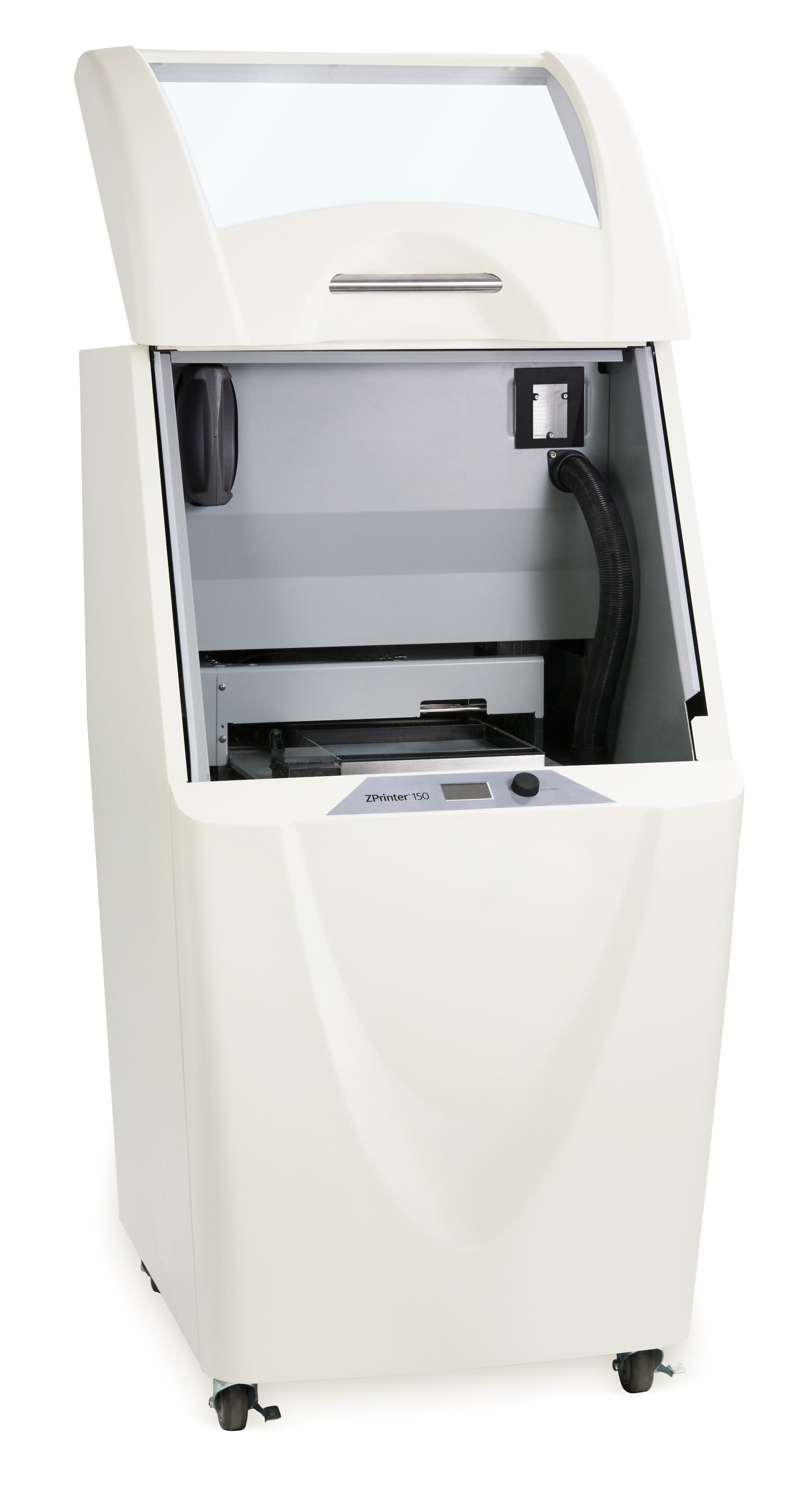
Another approach is chosen
pulverisation printing, in which a fine pulverization is spread over the print surface, and either a laser sinters (melts) the pulverization (a procedure called selective laser sintering or SLS), or a solvent liquefies the pulverisation, causing it to bind together to form the layer. The advantage of powder printing is that it tin support a wide range of materials, including metals, glass and plastics. By mixing dissimilar colors of powder, they are the only printers that can create custom-color 3D prints.
MORE:
The Future of 3D Printing Materials
However, pulverization printers are more complex to build and demand either a powerful laser or a solvent, so they are expensive. The Zprinter 150, for example, is nonetheless a commercial-grade machine and costs $eleven,000. Patient tinkerers can access the technology more than affordably by building their ain printer using the open up-source pattern of the experimental
pwdr
printer.
Pros:
The printer can brand objects in multiple, customized colors by mixing different colored powders. Some models can print from powdered metals.
Cons:
Currently, powder printers are either very expensive or only available as open-source designs that you can try to build yourself. The press materials are likewise expensive.
Key Features & Accessories:
As with all 3D printers, consider the size of the print area and the cost of printing. If y’all have to buy the printing material from one company (as you practise with the ZCorp models), you should include this in your calculations, as the material is usually pretty expensive.
Important 3D Printer Features and Specs
Build Area: This is the maximum size of an object that the 3D printer can build. This is commonly measured in XYZ dimensions, such equally 8 inches wide (10) by viii inches deep (Y) by viii inches high (Z). A smaller build surface area can exist limiting, but well-nigh impress jobs tin can be dissever into smaller parts that can be combined afterward, so it may non be quite as limiting as it commencement appears. In general, look for a build area of at least 5 10 v x 5 inches 13 x xiii ten thirteen cm), which should be large enough for almost printed parts.
Extruders: The extruder is the business concern cease of filament printers, where the printing textile is melted and extruded to lay down each layer of an object. About models accept a single extruder, which means they tin can print in only one material or color at a time.
Filament Width: Near consumer 3D printers utilise a plastic filament, which is usually sold on 2.ii-lb. (1 kilogram) rolls for about $40 to $lx. This is available in two widths: 1.75 millimeters and 3 mm, with near printers using the 1.75-mm type. (The thickness of the layers that the printer uses is determined by the extruder, not the size of the filament.) With most printers, you can purchase and use filament from whatsoever manufacturer. The exceptions are printers from Cubify and Stratasys, which utilize filament cartridges that you take to purchase from the manufacturer, at a slightly college toll.
Print Speed: This is the speed at which the extruder can motion while laying downward the print material for a filament printer. A faster print speed usually means quicker prints. Withal, the type of material used can also bear on the print speed, and the complexity of the print can also slow down printing: Circuitous models with lots of edges brand for slow prints. You should look for a top speed of at least 20 mm per second, if possible. Other printer types (such equally SLA and SLS printers) don’t measure speed in the aforementioned fashion.
Horizontal, XY or Feature Resolution: Like a paper printer, 3D printers have minimum resolutions that determine the level of detail they can produce. The horizontal (or XY) resolution is the smallest movement that the extruder or print caput tin brand within a printed layer. A smaller horizontal or XY resolution means more fine particular in prints, then look for a measurement of at least 0.01 inches (0.03 cm).
Vertical Z Resolution or Layer Thickness: This is the minimum thickness of a layer that the 3D printer can lay down in i pass. A larger number for this means thicker, more obvious layers in the final print, while a pocket-size number ways smoother, more realistic prints. Just go along in mind that the process will be slower, because the printer has to create more layers.
Most printers work with a layer thickness of 0.2 or 0.three mm, merely the ability to create 0.1 mm or smaller layers produces noticeably smoother models. Some printers allow you to adjust the layer thickness, so you can choose whether to make this trade-off.
3D Modeling Software
You can download digital files for press from sites such equally
Thingiverse
and
Youmagine. Just to customize them or go completely creative and design your ain pieces, first with a unproblematic, costless 3D modeling app. Nosotros recommend any of the apps below. Give them a look and come across which one works best for y’all.
- Cubify Sculpt
- 123D Brand
- Zbrush
- SketchUp Make
- Seamless3d
- Wings 3D
- Art of Illusion
3D Printing Services
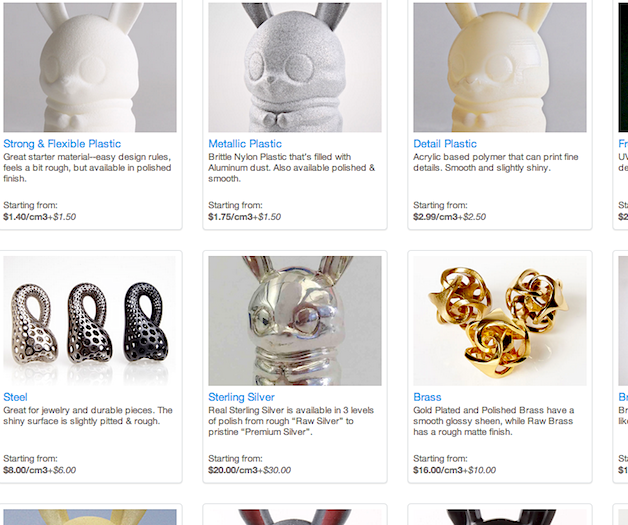
You can get started in 3D printing before yous buy a printer, and without even knowing how to apply modeling software. Companies such equally Cubify (which likewise makes printers), Sculpteo and Shapeways allow you to chose designs from their websites, upload models you go from other sites such as Thingiverse.com, or upload your own creations for printing on their industrial-grade printers. These services offering options to print in materials other than plastic, including ceramic and fifty-fifty metal.




